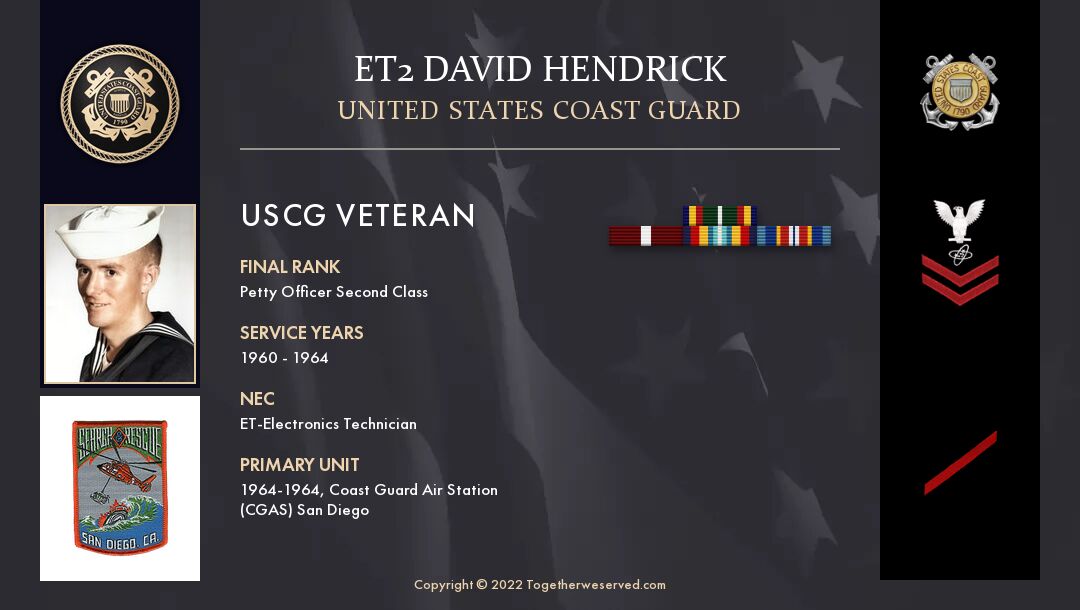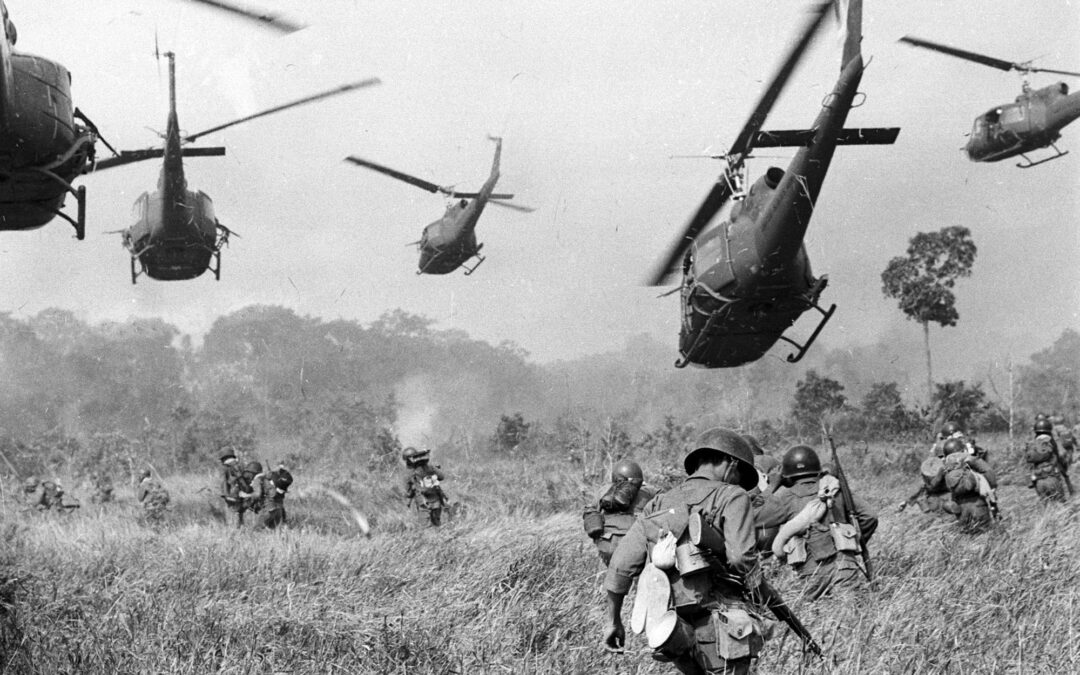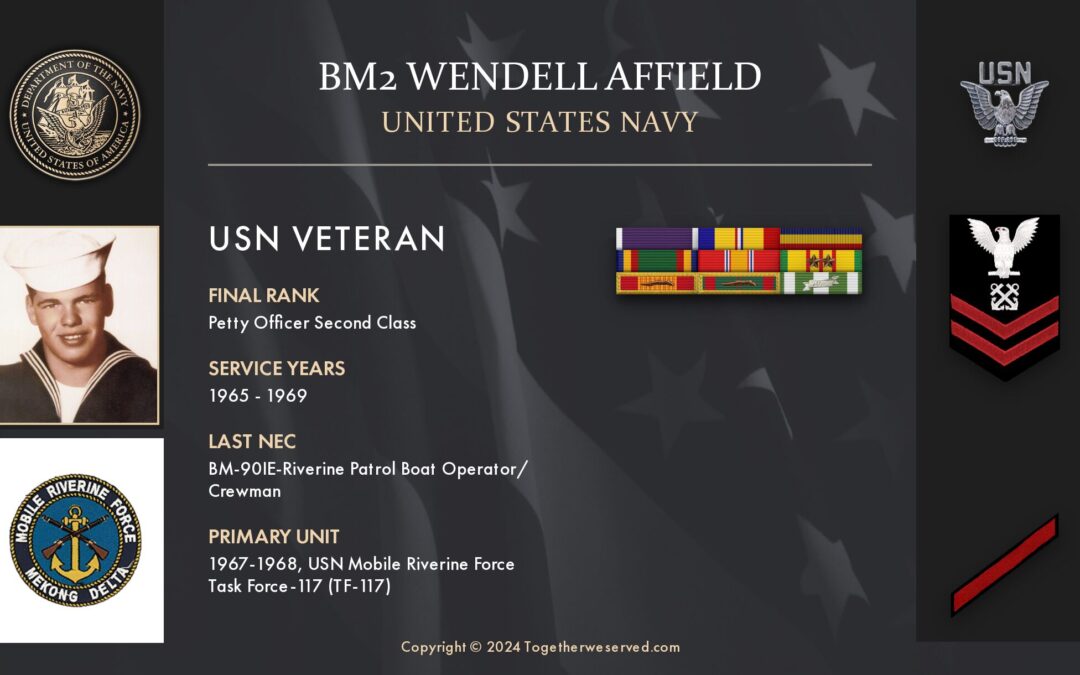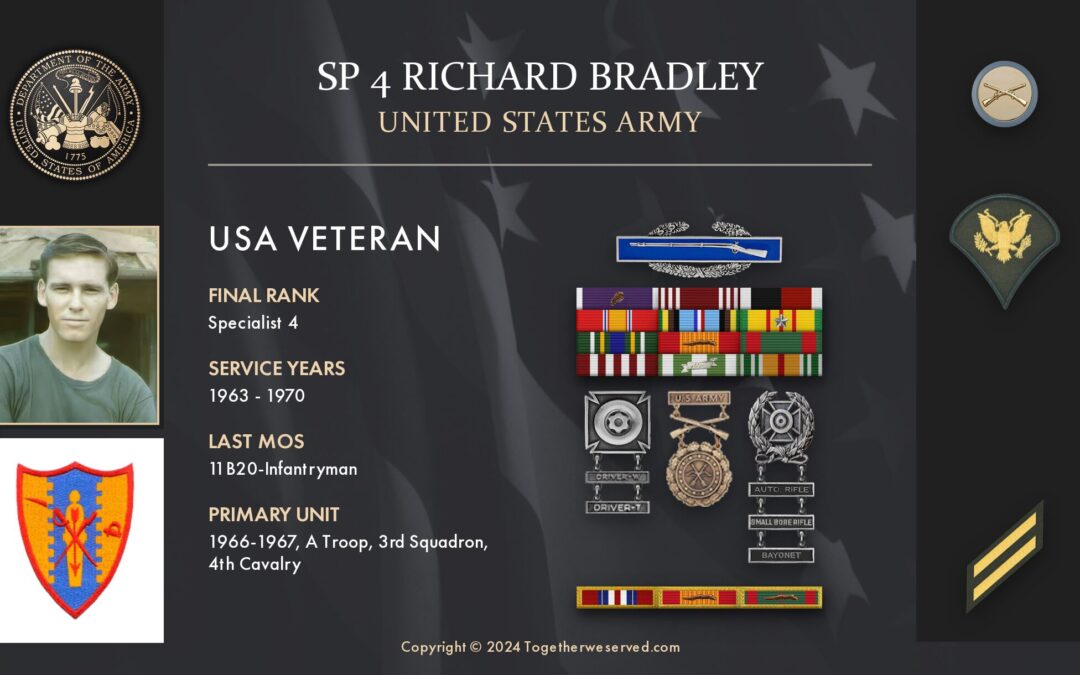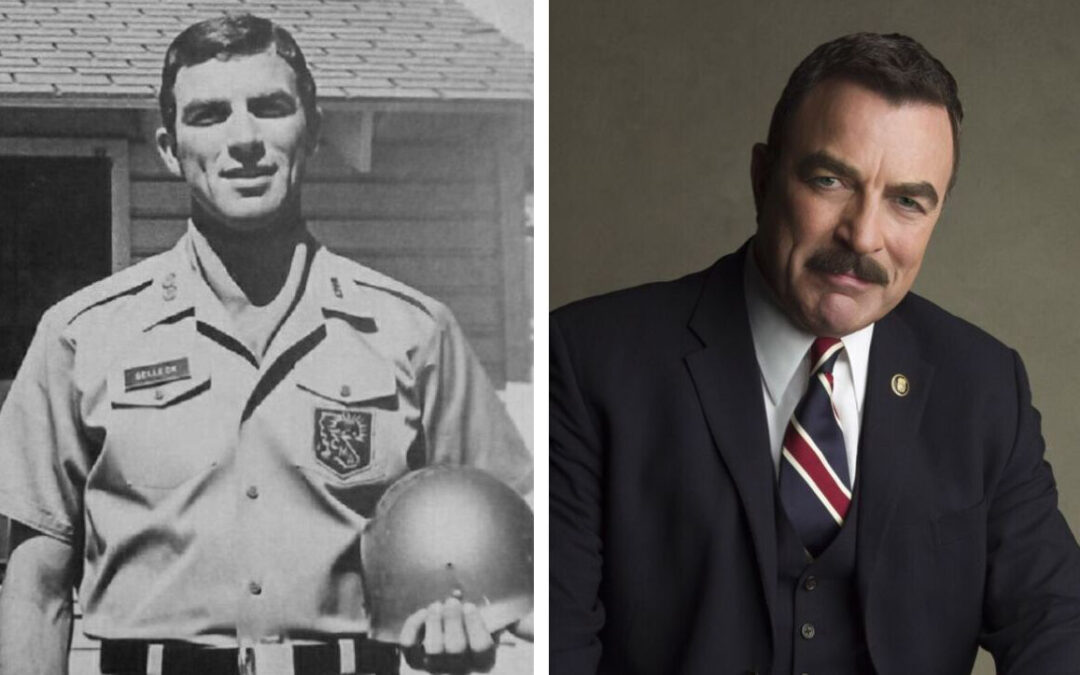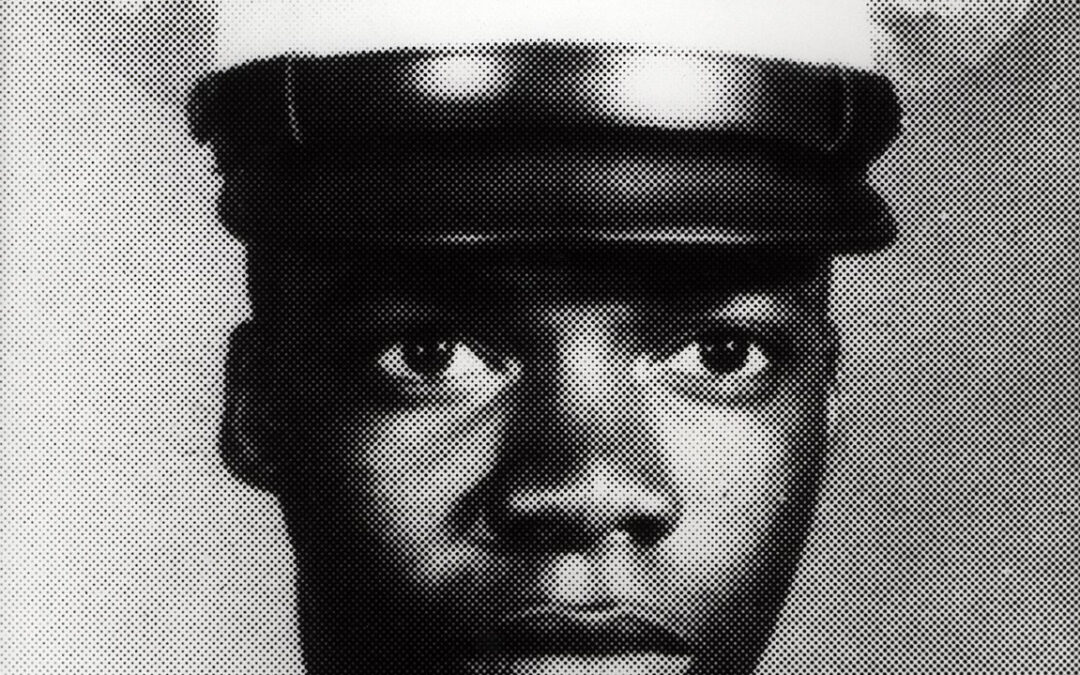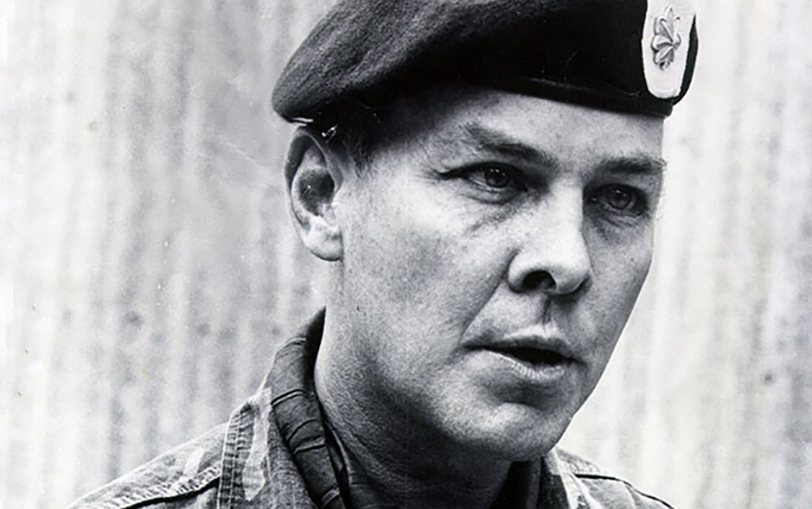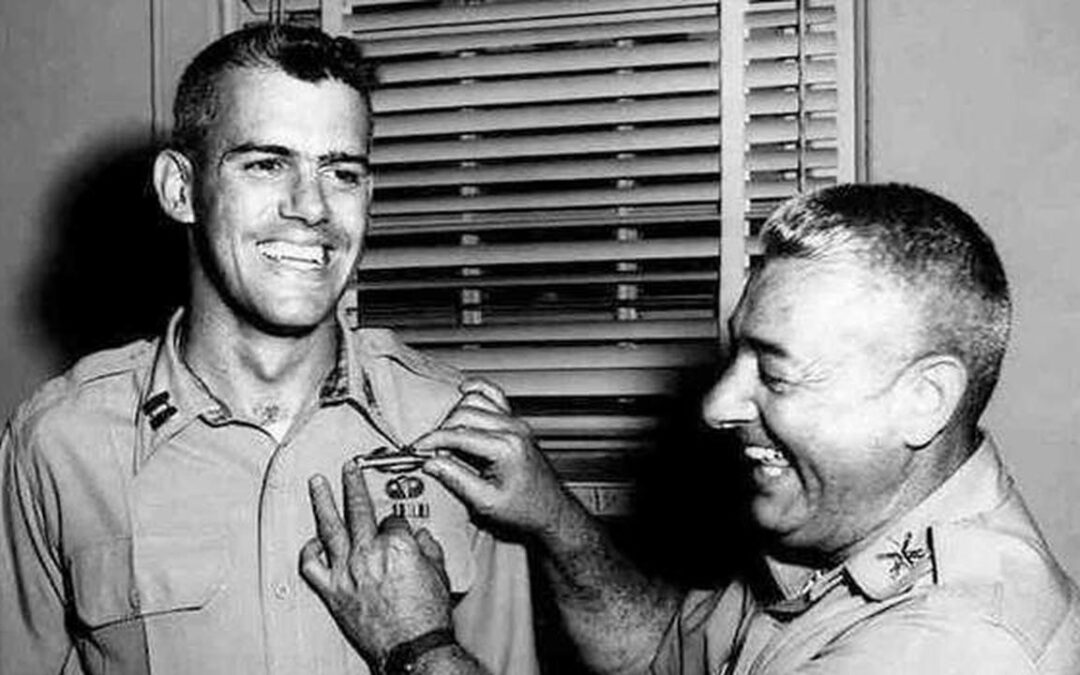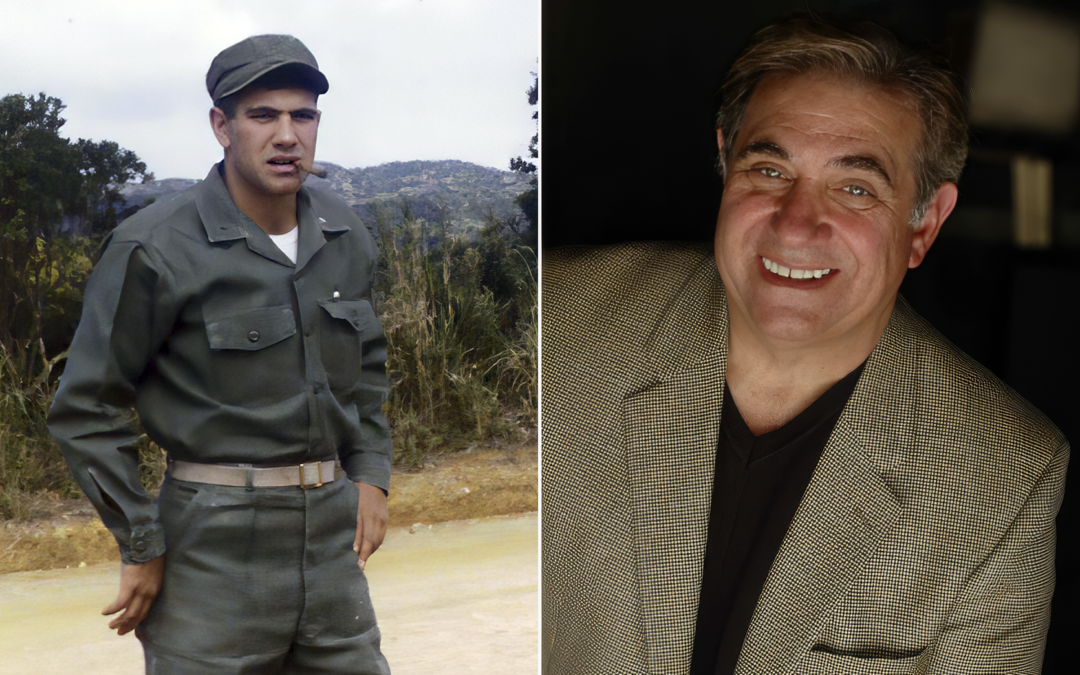Those who have fought on a battlefield often describe it as a combination of extreme excitement and gut-wrenching terror. It's also a huge assault to the emotions that can leave permanent mental health damage. Today, that condition is called post-traumatic stress disorder (PTSD). In the past, it has been known as battle fatigue (WWI) and shell shock (WWII). This well-styled, organized, and powerfully written book is a compilation of first-hand accounts by warriors who suffer some aspects of emotional trauma as well as others who have full-blown PTSD. At the center of the book are a collection of letters co-author Jim Markson wrote home while serving in Vietnam with the U.S. Air Force 377th Security Police Squadron as security for the Tan Son Nhut Air Base. His tour was from March 1967 to March 1968. His first batch of letters home were relatively placid, containing relaxed messages about arriving in Vietnam; going to the PX; the boredom; how he had gone into Saigon and had shrimp...

